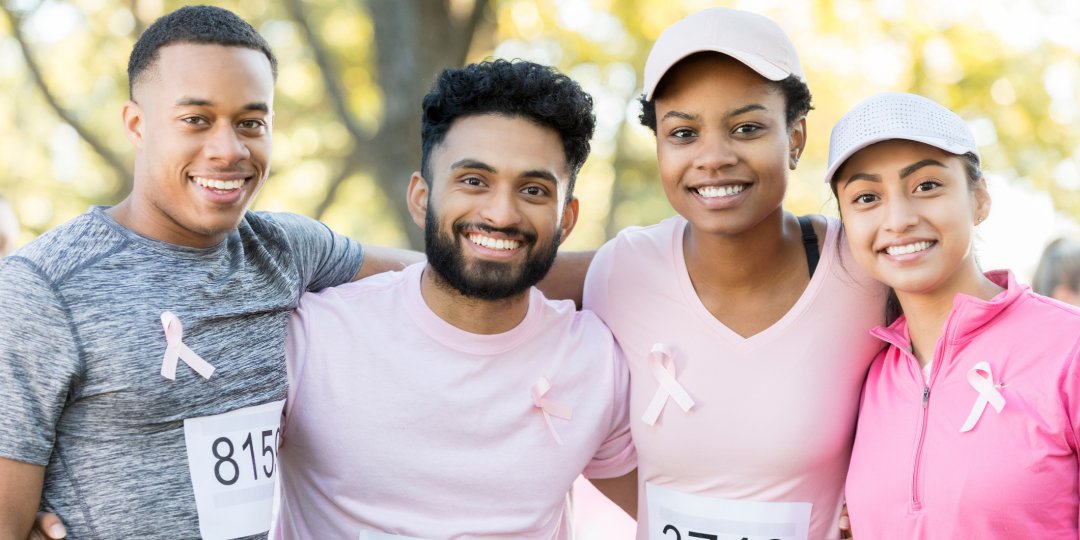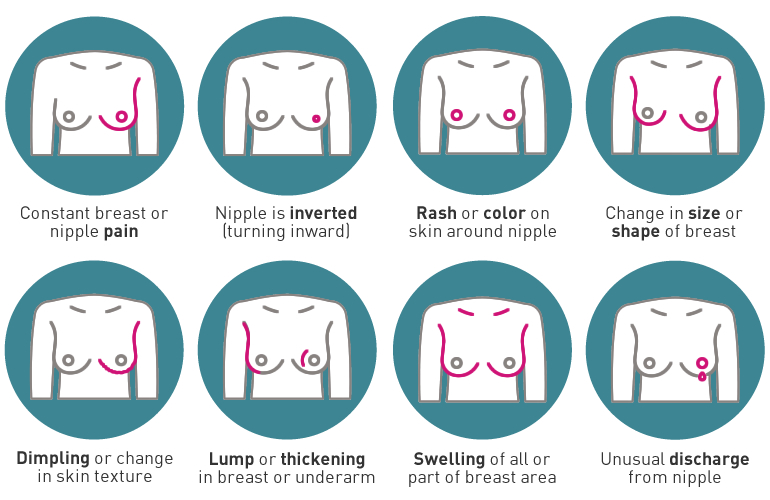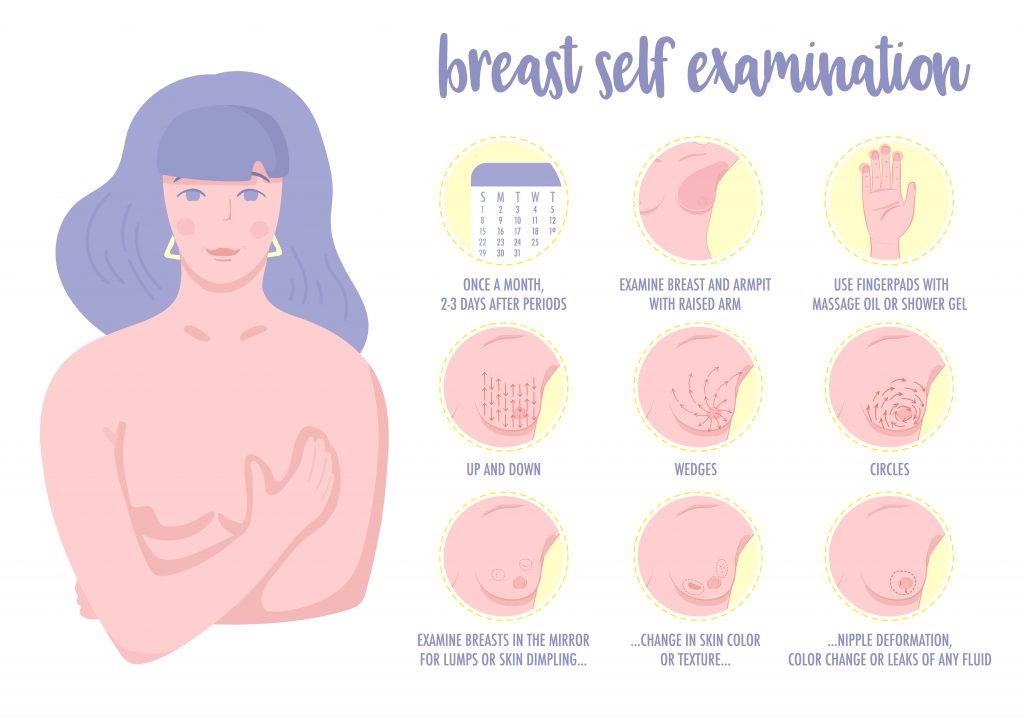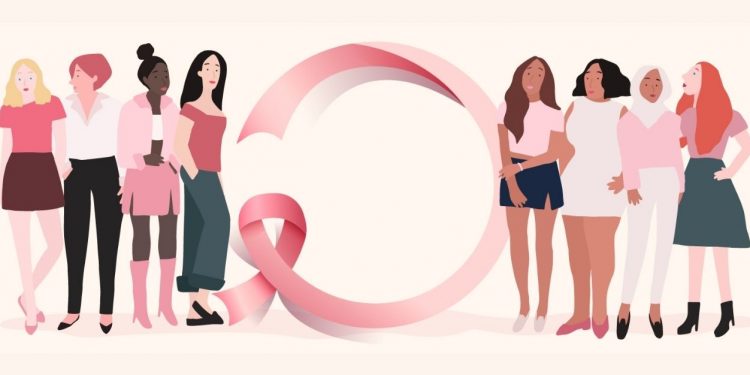Fill me in
Right up till recently, the most commonly diagnosed cancer was thought to be lung cancer. But according to statistics released by the International Agency for Research on Cancer (IARC) in December 2020, it is now breast cancer that is the most commonly diagnosed cancer. And the numbers are only going to increase, with more people having cancer now than ever before.

“For the first time, breast cancer now constitutes the most commonly occurring cancer globally,” said Andre Ilbawi, a cancer specialist at the World Health Organisation (WHO). The recently reported statistics were shared at a United Nations briefing, ahead of World Cancer Day on 4 February.
A quick look at the numbers
Today, one in five people worldwide will develop cancer during their lifetime. And if that isn’t terrifying enough a statistic, the number of people diagnosed with cancer will increase by nearly 50 per cent in 2040 from 2020’s numbers. But take these statistical projections with some added awareness – this surge in numbers is also concurrent with the likelihood that the global population will grow, and life expectancy will increase over the next two decades.
This look into the future is backed up by evidence from the last two decades, which saw a doubling in the number of people diagnosed with cancer. The world went from an estimated 10 million people diagnosed in 2000 to 19.3 million in 2020. More people are also dying from cancer, with 6.2 million deaths in 2000 to 10 million deaths in 2020.
Some potential reasons for this include general changes in lifestyle, such as physical inactivity, use of tobacco and alcohol, and unhealthy diets. Advancements in health technology also mean more are living longer, and the risk of cancer increases with age.
READ: What You Need to Know about Breast Cancer Awareness Month
A renewed urgency to address breast cancer
If humans are going to be getting older, we need to start investing in proper cancer education, prevention, and control. This is especially so for actionable cancers such as breast cancer, cervical cancer, and childhood cancers. All three cancers have a high chance of cures if they’re diagnosed early. The need for this has been especially prevalent during COVID-19, with many not getting access to the cancer treatment that they need.

In low and middle-income countries, the effect of COVID-19 on non-pandemic related healthcare has been severe. In 2020, a WHO survey revealed that cancer treatment had been disrupted in more than 40 per cent of the countries that were surveyed during the pandemic. Accompanying studies also revealed that interruptions to and abandonment of therapy has seen a significant increase. As a result, research output has also declined.
But with changing times, come changing measures. Governments and health organisations have raced to address the increasingly contact-limited nature of the world amid the pandemic. Not only have clinics adopted digital solutions to help their patients continue seeking treatment but an entire industry built on the idea of telemedicine has also seen an extensive rise in the last year.
READ: Breast Cancer Awareness Month: 5 Brands Making Moves & How You Can Get Involved
Here’s what you can do to lower your risk of breast cancer
As with many other preventive health conditions, breast cancer can be combated, and even defeated with the advantage of early detection. And while there is still no certain cure for cancer as a whole, breast cancer is one of the few types of cancer which can be trumped if given enough time.
Women are at higher risk of contracting breast cancer, so it’s only imperative that any and all available measures are employed in early detection of breast cancer symptoms
The most secure way of checking for symptoms is the Breast Self Examination (BSE). By conducting self-checks regularly, not only will you have a better chance of detecting abnormalities, but also gain familiarity and knowledge of what your own breast tissue feels like.

This non-invasive procedure not only increases your chances of detecting breast cancer at an earlier stage, but only takes 5-10 minutes of your time, and needs to be done just once a month.
In addition to BSEs, women can also take other active preventive measures, like being physically active with regular exercise of 150 to 300 minutes of activity a week, and limiting alcohol to no more than one drink a day.
Today, 60% of woman aged 50-69 years are skipping their mammogram screenings. Early detection prevention: for ourselves, our mothers, our wives, and our sisters.
The slogan for this year’s World Cancer Day is “I can and I will”, and it’s an empowering one for women all around the world. Beyond that, the slogan also goes to show WHO’s commitment to other major global cancer programmes on cervical cancer and childhood cancer.
In fact, cervical cancer efforts are part of the targets by the World Health Assembly – the WHO’s decision-making body – in 2020. There are three targets set for 2030 in this regard: 90% of girls fully vaccinated with the HPV vaccine, 70% of women screened, and 90% of women identified with cervical cancer receiving treatment.
Join the conversations on THG’s Facebook and Instagram, and get the latest updates via Telegram.














